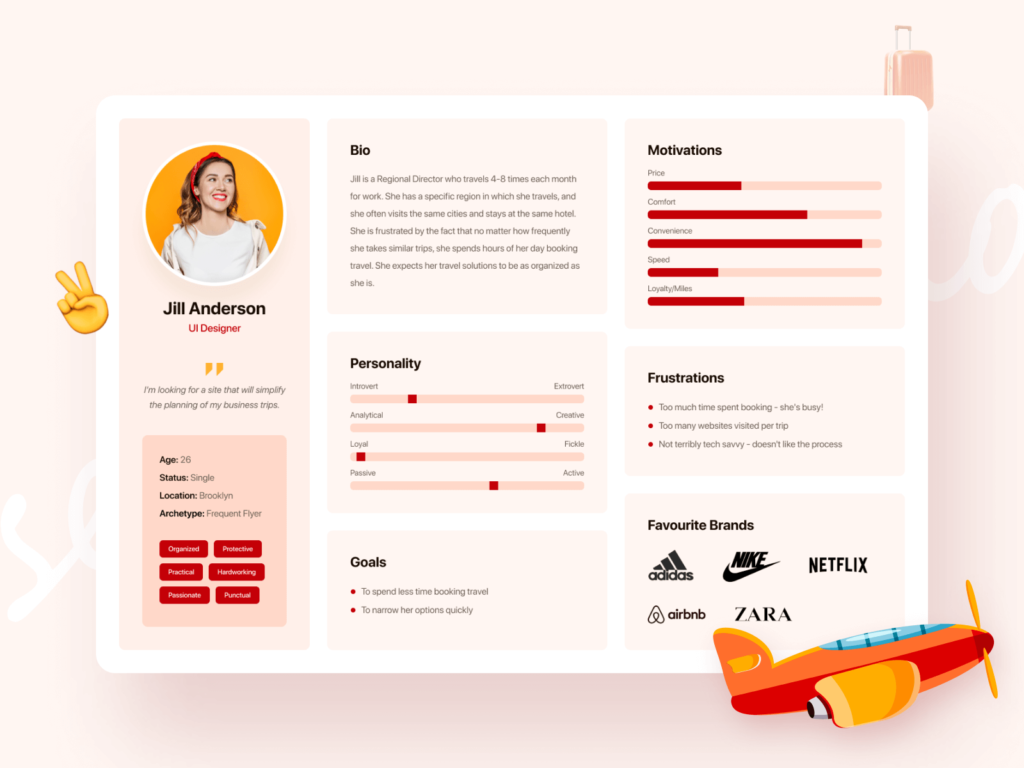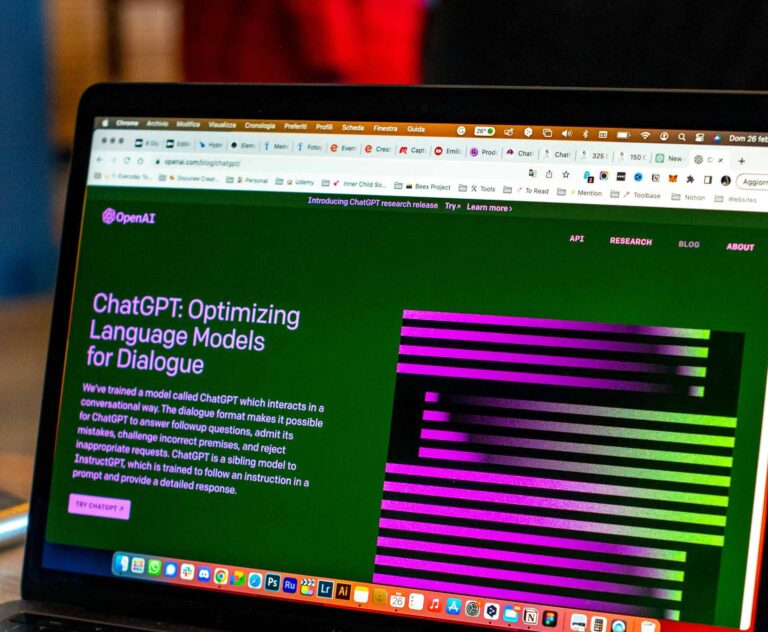What is persona ux research
Persona UX research involves the process of creating fictional characters, or personas, that represent the different types of users who might interact with a product, service, or website.
These personas are crafted based on extensive research, including user interviews, surveys, and data analysis. Persona UX research aims to understand the needs, behaviors, goals, and pain points of various user groups, allowing designers and developers to tailor the user experience to better meet those needs.
The key components of persona UX research typically include:
- User Interviews: Conducting interviews with real users to gather insights into their motivations, behaviors, and preferences.
- Surveys: Distributing surveys to a larger audience to collect quantitative data about user demographics, habits, and opinions.
- Data Analysis: Analyzing existing data such as website analytics, customer support tickets, and user feedback to identify common patterns and issues.
- Persona Creation: Using the insights gathered from research to create detailed personas that represent different user segments. Each persona typically includes information such as demographics, goals, frustrations, and preferred interaction methods.
- Persona Validation: Testing the personas with real users to ensure they accurately reflect the target audience and effectively guide design decisions.

Why persona user research is essential for UX design:
- User-Centered Design: It ensures your design caters to real people with real needs. Personas humanize user data, helping you understand user motivations, goals, and pain points. This empathy drives the creation of user experiences that are truly user-centered and solve their problems effectively.
- Improved Design Decisions: Personas act as a constant reference point throughout the design process. When faced with design choices, you can refer to your personas and ask, “Would this work for [persona name]?” This helps you make informed decisions that prioritize user needs.
- Increased Efficiency: By understanding your target audience, you can avoid design dead ends that cater to the wrong users. Persona research helps you focus your design efforts on solutions that resonate with your ideal user base, saving time and resources.
- Better Communication & Collaboration: Personas provide a shared understanding of the target audience among stakeholders, including designers, developers, and marketers. Everyone is on the same page about who they’re designing for, leading to more effective communication and collaboration.
- Targeted Content & Marketing: Insights from persona research can inform the creation of targeted content and marketing strategies. By understanding your personas’ needs and preferred communication channels, you can deliver messages that resonate and drive engagement.
- Testing & Iteration: Personas help recruit participants for usability testing who accurately represent your target audience. This ensures you’re gathering valuable feedback from the right users, leading to more effective design iterations.
- Reduced Risk of Failure: By designing with real users in mind, you significantly reduce the risk of launching a product or service that nobody wants to use. Persona research helps you identify potential roadblocks early on, allowing for course correction before significant resources are wasted.

Persona ux research template
Creating a persona UX research template can be highly beneficial for standardizing your research process and ensuring consistency across projects. Here’s a basic template you can use:
1. Introduction
- Project Name:
- Objective:
- Date:
- Researcher(s):
2. User Demographics
- Age:
- Gender:
- Location:
- Occupation:
- Education Level:
- Income Level:
- Other relevant demographic information:
3. Persona Description
- Persona Name:
- Background:
- Goals:
- Challenges/Pain Points:
- Motivations:
- Preferred Devices:
- Preferred Communication Channels:
4. Research Methodology
- Interviews:
- Participant Recruitment Criteria:
- Interview Questions:
- Surveys:
- Survey Questions:
- Target Audience:
- Data Analysis:
- Analyzed Data Sources:
- Key Findings:
5. Persona Creation
- Key Insights:
- User Quotes:
- Behavioral Patterns:
- Persona Persona Details:
- Persona Name:
- Age:
- Occupation:
- Goals:
- Pain Points:
- Motivations:
- etc.
6. Persona Validation
- Testing Method:
- Results:
- Adjustments Made:
7. Conclusion
- Summary of Findings:
- Implications for Design:
- Next Steps:
8. Appendix (Optional)
- Interview Transcripts:
- Survey Results:
- Additional Data Analysis:

In conclusion, persona user research is a cornerstone of successful UX design. It unveils the “who” behind the data, fostering empathy and ensuring your design is tailored to meet the needs and expectations of your target audience.
If you ever find any problem, or issue with a download file, or just want to reach out to say hello, we are always available at figmaui4free@gmail.com – Our team will be happy to help you.









